The demand for better healthcare and ease of access to high-quality care is on the rise. That has led to an increase in remote patient monitoring and telehealth systems. Remote health monitoring is one of several specialized types of telehealth services. It enables doctors to monitor patients in their homes or other locations through devices attached to the patients or carrying on their bodies. These might include sensors that measure vital signals such as temperature, blood pressure, heart rate, weight, exercise activities, sleep patterns, and moods. However, not all of these systems are built equally, and some may even carry significant security risks. Before implementing such a system, you can use the following five key features as your guide:
1) Good user interface (UI)
A good remoting patient monitoring system should have an easy-to-use UI that is free of unnecessary information or distractions for the provider. The health care provider needs to focus on the clinical data because they know what they need to see to treat their patients better. There should be no complicated steps to complete each task, so providers can quickly access their patients’ information within seconds. Providers should also be given the option to monitor only certain areas instead of all areas. Therefore, they will not be overwhelmed by information they do not need or want to read. Further, enabling patients to aggregate information into one place would help them stay up to date with their health status and better manage chronic diseases such as by checking their blood glucose level.
2) A full suite of tools and analytics
A good remote patient monitoring telehealth software should give providers a wide range of analytical data about their patients’ trends and healthcare habits. A provider can use this useful data to help optimize their patient’s health, make changes to their care plans, and identify existing or potential problems early on. The data collected should also include blood pressure, weight, and pulse rate. Therefore, it can be used as additional evidence for insurance companies that the visit had taken place by a certain provider.
3) Portability
A good remote patient monitoring and telehealth system should be accessible to patients wherever they want. That is because there are many cases in which a patient would like to move, but their medical support equipment or devices do not allow them to. One example is when a patient is admitted to a hospital without transporting their equipment.
4) Security and integrity of data transmitted over networks.
It is critical to ensure the security and privacy of patients’ information while it’s being transmitted across networks, whether private (such as corporate) or public (like the internet). You should also expect that medical IoT systems will quickly become targets for cybercriminals. For this reason, you should conduct a thorough threat analysis during the design of such systems and avoid unnecessary security risks.
5) Flexibility
Flexibility when adding new devices with different process protocols. Allowing integration with multiple data sources from different equipment would benefit patients with more than one device, such as allowing them to aggregate their information into one place or seamlessly transfer data between two providers.
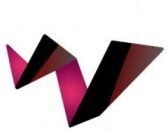
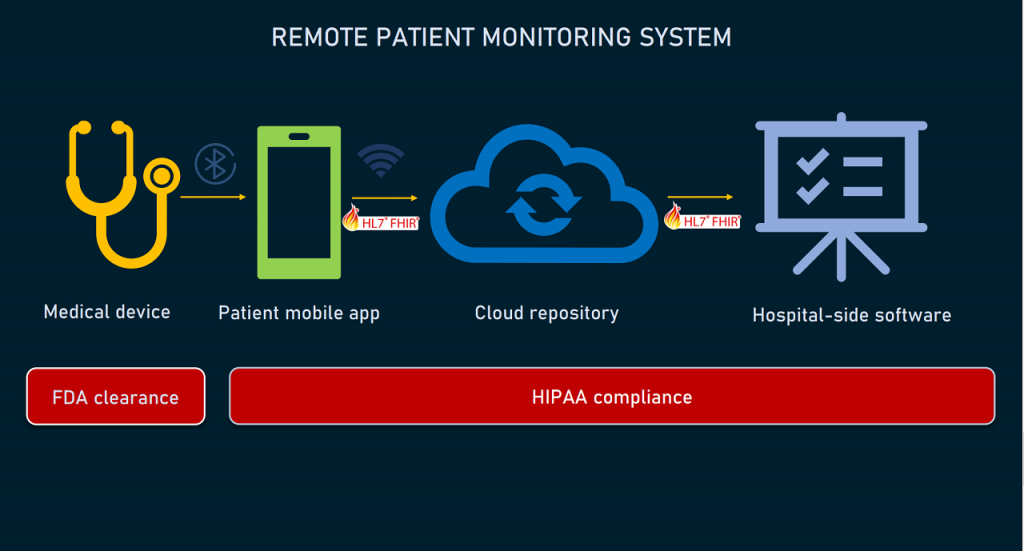
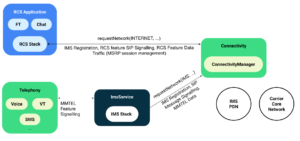
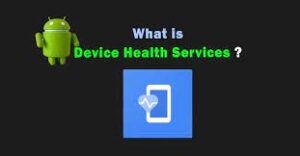
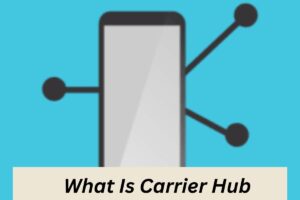

More Stories
How to Effectively Remove ChocoEukor from Your Android Device
From Pixels to Perfection: Mastering the Art of Web Design
How to Stop TinyTask: 10 Effective Techniques for Gamers and Tech Enthusiasts